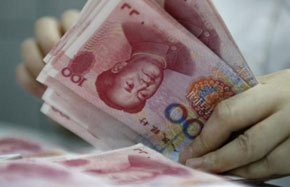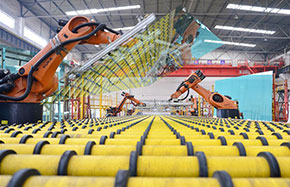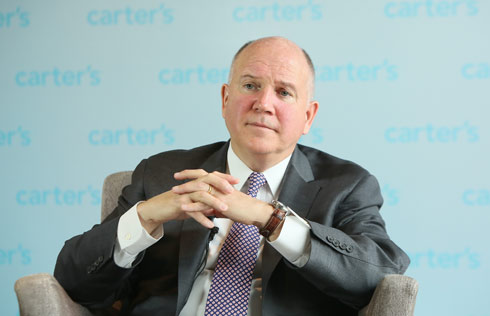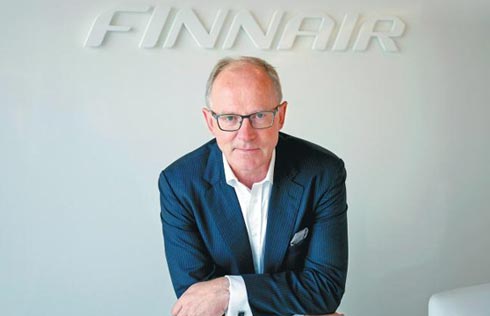For Chinese users, new global standard for QR codes is good news
On July 15, EMVCo, an association facilitating standards in worldwide interoperability and acceptance of secure payment transactions, released QR code specification for payment systems, providing one of the first globally interoperable technical solution for QR code payment.
For Zhang Weili, 25, a sales representative with Shanghaibased Ailin Beverage Trade, this is good news as QR code payments will be popularized in other markets outside China.
"I am most comfortable with QR code payment, and I was a little bit surprised when I found that QR code payments, which have been dominating the mobile payment market in China, are not popular in some countries," said Zhang.
Cashless payments have been growing significantly globally, but markets are highly diversified, said Ben Gilbey, head of digital payment and labs, Asia Pacific, Mastercard.
In China, QR code is popular and has become dominant in the digital payment sector. It is the preferred method of both merchants and consumers, online and offline.
"But in other countries we see contactless payments are taking the lead, particularly in Asia Pacific and (in some markets outside the Chinese mainland, such as) Hong Kong. Samsung Pay, Apple Pay, Android Pay are quite successful in markets that favor contactless NFC (near field communication) payment," said Gilbey.
Payment technology providers are now using artificial intelligence, human-machine interactions, marketing based on data of consumption and payment behavior, according to Gilbey.
Mastercard collaborated with Softbank and PizzaHut to launch a robot called "Pepper", which helps consumers to place orders, recommends dishes from the menu, and accepts consumers' payments.
"Pepper" is likely to be used in other service sectors such as airlines.
Paul J Walsh, senior vice-president, Visa Platform Strategy & Innovation, said in a recent speech that Visa hopes to generate new business models from massive consumption data and predict consumer behavior and trends. It has plans to provide better, faster and more convenient mobile payment services.
For example, market players are analyzing data like the time taken to buy a cup of coffee, from lining up, payment, waiting for the coffee to be brewed to sipping from the cup. On average, it could be about 15 minutes. But in the future, coffeeshops may estimate which flavors are going to be ordered at a given time, so the waiting time for one's favorite coffee could be as short as 15 seconds.
China's UnionPay has been exploring connecting public services and payment methods, such as enabling cardholders to book appointments with physicians through its payment app, and tracking food safety information, to "add value to consumers and to merchants and public service providers".
China has been making a series of moves in opening up the bank card clearing market to international companies, including Visa, Mastercard, American Express and JCB, meaning that China's payment market will see increasing competition in the near future.



















